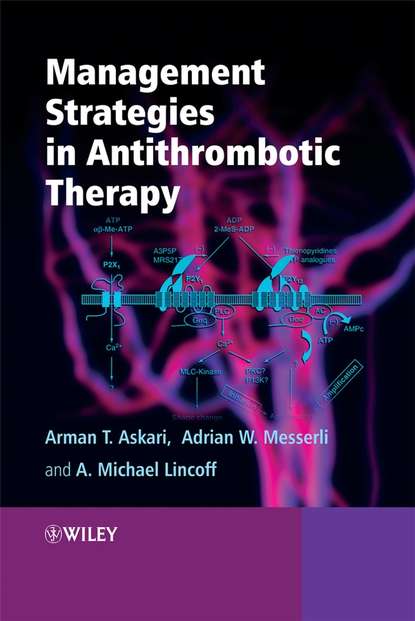
Management Strategies in Antithrombotic Therapy скачать fb2
Arman Askari - Management Strategies in Antithrombotic Therapy краткое содержание
Intravascular thrombus formation remains one of the most significant problems in cardiovascular medicine. It underlies the clinical presentation of acute coronary syndromes, including unstable angina and non-ST-segment elevation myocardial infarction (NSTEMI) and ST-segment elevation myocardial infarction. More and more individuals are stricken with an acute MI and undergo a percutaneous coronary intervention (PCI). Several reasons apply, including an increasingly aged population, the growing burden of chronic risk factors such as diabetes, obesity, sedentary behaviour, and improvements in early recognition and intervention. Thrombus formation also results in substantial morbidity and mortality. Despite significant advances in prevention and treatment of venous thromboembolism, pulmonary embolism remains a common preventable cause of hospital deaths. Implementing the most appropriate, and safe, anticoagulation therapy across the spectrum of cardiovascular disease in the presence of a wide range of other risk factors remains a challenge. Written by leading authorities in the field, Management Strategies in Antithrombotic Therapy offers a comprehensive review of antithrombotic therapy, including the latest therapies, risk factors and evidence-based strategy. The book acquaints readers with the data behind the commonly used antithrombotic agents and assists them in formulating a sound, evidence-based therapeutic strategy appropriate for each patient. This book is an invaluable resource for all postgraduate students and specialist physicians in cardiovascular medicine, cardiac and vascular surgery, and critical care.
Чтобы оставить свою оценку и/или комментарий, Вам нужно войти под своей учетной записью или зарегистрироваться



